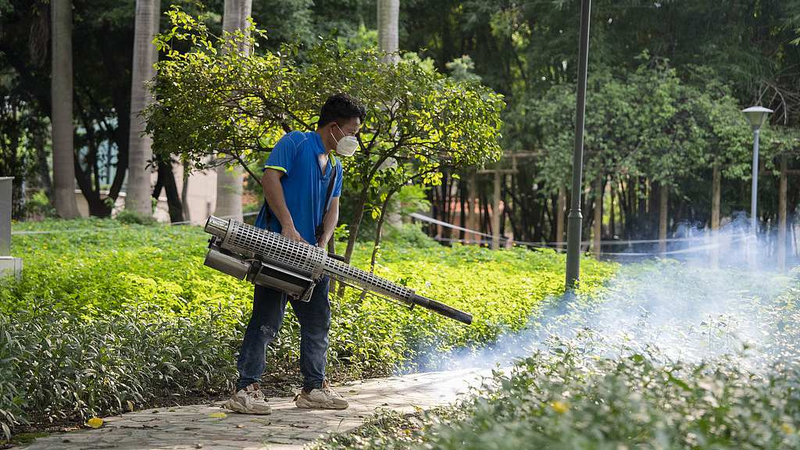Foshan, a bustling city in Guangdong Province on the Chinese mainland, has seen a steady drop in new Chikungunya cases over the past week. Municipal authorities credit a suite of targeted prevention measures for keeping daily infections below 200.
"We have recorded fewer than 200 new cases each day for the past five days, and more than 90% of those infected have already recovered," said Wen Xi, vice mayor of Foshan, at a recent press briefing. "We are thrilled to report no severe cases or fatalities to date."
Local health teams have focused on three core areas: patient treatment, mosquito control and environmental cleanup. In neighborhoods reporting high case numbers, crews have identified and removed mosquito breeding sites, drained stagnant water and applied targeted adulticide treatments.
Disinfection squads have also stepped up efforts in villages and urban districts, ensuring public spaces remain safe and hygienic. Community volunteers have pitched in, organizing cleanup drives and sharing prevention tips via social media.
Despite these early wins, authorities remain vigilant. The region's annual flood season and incoming typhoons can create fresh breeding hotspots, increasing the risk of transmission if preventive work stalls.
"Our goal is to build on this momentum," Wen added. "We will keep rolling out public health campaigns, strengthen mosquito control and maintain disinfection rounds to lock in the gains we have made."
Chikungunya fever is caused by a virus transmitted to humans through infected mosquito bites. Symptoms include high fever, rash and joint pain — making rapid response and community engagement vital to stopping outbreaks.
Foshan's experience offers a blueprint for other cities on the frontline of mosquito-borne diseases. By combining data-driven strategies with local participation, the city has turned the tide on Chikungunya and set a new standard for urban public health in the region.
Reference(s):
Various measures lead to fewer new Chikungunya cases in south China
cgtn.com


